Analyte Specific Reagent. Analytical and performance characteristics are not established.
- Clone
- CD28.2
- Workshop
- V-CD28.05
- Other Names
- T44, Tp44
- Isotype
- Mouse IgG1, κ
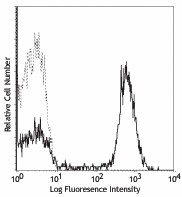
-

Typical results from human peripheral blood lymphocytes stained either with CD28.2 PE used at 5 µL/test (solid histogram) or with an isotype control (dashed histogram).
| Cat # | Size | Price | Quantity Check Availability | Save | ||
|---|---|---|---|---|---|---|
| 983404 | 500 µL | $315 | ||||
CD28 is a 44 kD disulfide-linked homodimeric type I glycoprotein. It is a member of the immunoglobulin superfamily and is also known as T44 or Tp44. CD28 is expressed on most T lineage cells, NK cell subsets, and plasma cells. CD28 binds both CD80 and CD86 using a highly conserved motif MYPPY in the CDR3-like loop. CD28 is considered a major costimulatory molecule, inducing T lymphocyte activation and IL-2 synthesis, and preventing cell death. In vitro studies indicate that ligation of CD28 on T cells by CD80 and CD86 on antigen presenting cells provides a costimulatory signal required for T cell activation and proliferation.
Product DetailsProduct Details
- Reactivity
- Human
- Formulation
- Phosphate-buffered solution, pH 7.2, containing 0.09% sodium azide, 0.2% (w/v) BSA (origin USA), and a stabilizer.
- Preparation
- The antibody was purified by affinity chromatography, and conjugated with PE under optimal conditions.
- Concentration
- 100 µg/mL
- Storage & Handling
- The antibody solution should be stored undiluted between 2°C and 8°C and protected from prolonged exposure to light. Do not freeze.
- Application
-
Suggested for Flow Cytometry
- Disclaimer
-
WARNINGS AND PRECAUTIONS
- Use appropriate personal protective equipment and safety practices per universal precautions when working with this reagent. Refer to the reagent safety data sheet.
- This antibody contains sodium azide. Follow federal, state and local regulations to dispose of this reagent. Sodium azide build-up in metal wastepipes may lead to explosive conditions; if disposing of reagent down wastepipes, flush with water after disposal.
- All specimens, samples and any material coming in contact with them should be considered potentially infectious and should be disposed of with proper precautions and in accordance with federal, state and local regulations.
- Do not use this reagent beyond the expiration date stated on the label.
- Do not use this reagent if it appears cloudy or if there is any change in the appearance of the reagent as these may be indication of possible deterioration.
- Avoid prolonged exposure of the reagent or stained cells to light.
Antigen Details
- Antigen References
-
- Schlossman S, et al. Eds. 1995. Leucocyte Typing V. Oxford University Press. New York.
- June CH, et al. 1994. Immunol. Today 15:321.
- Linskey PS, et al. 1993. Annu. Rev. Immunol. 11:191.
Customers Also Purchased
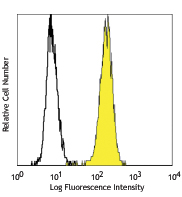
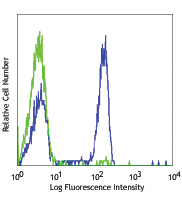
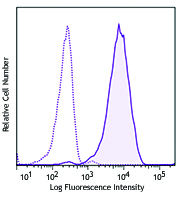
Compare Data Across All Formats
This data display is provided for general comparisons between formats.
Your actual data may vary due to variations in samples, target cells, instruments and their settings, staining conditions, and other factors.
If you need assistance with selecting the best format contact our expert technical support team.
-
APC anti-human CD28
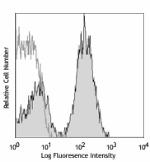
Human peripheral blood lymphocytes stained with APC CD28.2 -
Biotin anti-human CD28
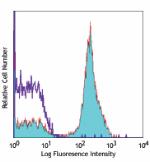
Human peripheral blood lymphocytes stained with biotinylated... -
FITC anti-human CD28
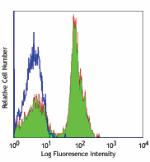
Human peripheral blood lymphocytes stained with CD28.2 FITC -
PE anti-human CD28
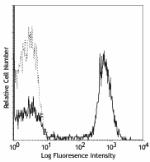
Human peripheral blood lymphocytes stained with CD28.2 PE -
PE/Cyanine5 anti-human CD28
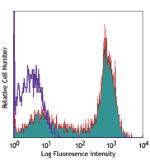
Human peripheral blood lymphocytes stained with CD28.2 PE/Cy... -
Purified anti-human CD28

Human peripheral blood lymphocytes stained with CD28.2 PE -
Alexa Fluor® 488 anti-human CD28
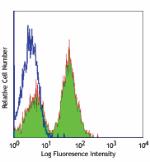
Human peripheral blood lymphocytes stained with CD28.2 Alexa... -
Alexa Fluor® 700 anti-human CD28
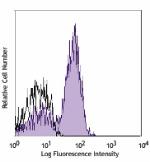
Human peripheral blood lymphocytes stained with CD28.2 Alexa... -
PerCP/Cyanine5.5 anti-human CD28

Human peripheral blood lymphocytes were stained with CD3 APC... -
Pacific Blue™ anti-human CD28
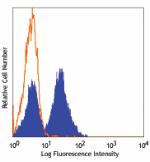
Human peripheral blood lymphocytes stained with CD28.2 Pacif... -
PE/Cyanine7 anti-human CD28
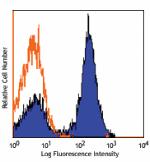
Human peripheral blood lymphocytes stained with CD28.2 PE/Cy... -
Ultra-LEAF™ Purified anti-human CD28
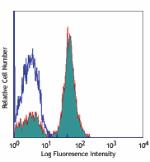
Human peripheral blood lymphocytes stained with LEAF™ purifi... 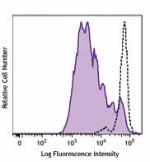
Human peripheral blood mononuclear cells were stained with C... 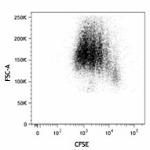
Human peripheral blood mononuclear cells were stained with C... -
Brilliant Violet 421™ anti-human CD28
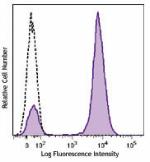
Human peripheral blood lymphocytes were stained with CD28 (c... -
Brilliant Violet 510™ anti-human CD28
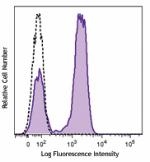
Human peripheral blood lymphocytes were stained with CD28 (c... -
Purified anti-human CD28 (Maxpar® Ready)
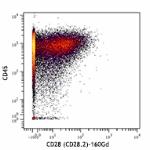
Human PBMCs stained with 154Sm-anti-CD45 (HI30) and 160Gd-an... -
PE/Dazzle™ 594 anti-human CD28
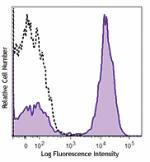
Human peripheral blood lymphocytes were stained with CD28 (c... -
Brilliant Violet 785™ anti-human CD28
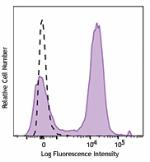
Human peripheral blood lymphocytes were stained with CD28 (c... -
Brilliant Violet 650™ anti-human CD28
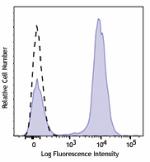
Human peripheral blood Lymphocytes were stained with CD28 (c... -
Brilliant Violet 711™ anti-human CD28
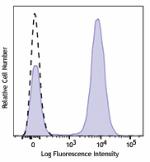
Human peripheral blood Lymphocytes were stained with CD28 (c... -
APC/Fire™ 750 anti-human CD28
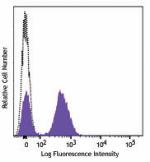
Human peripheral blood lymphocytes were stained with CD28 (c... -
Alexa Fluor® 647 anti-human CD28
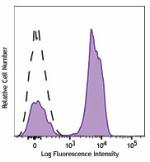
Human peripheral blood lymphocytes were stained with CD28 (c... -
TotalSeq™-A0386 anti-human CD28
-
TotalSeq™-B0386 anti-human CD28
-
TotalSeq™-C0386 anti-human CD28
-
Brilliant Violet 605™ anti-human CD28

Human peripheral blood lymphocytes were stained with CD3 FIT... -
APC/Cyanine7 anti-human CD28

Human peripheral blood lymphocytes were stained with True-St... -
PE anti-human CD28

Typical results from human peripheral blood lymphocytes stai... -
APC anti-human CD28

Typical results from human peripheral blood lymphocytes stai... -
Brilliant Violet 750™ anti-human CD28

Human peripheral blood lymphocytes were stained with CD3 FIT... -
PE/Fire™ 810 anti-human CD28

Human peripheral blood lymphocytes were stained with anti-hu... -
GMP PE anti-human CD28
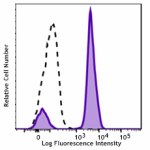
Typical results from human peripheral blood lymphocytes stai... -
TotalSeq™-D0386 anti-human CD28
-
Spark Violet™ 423 anti-human CD28

Human peripheral blood lymphocytes were stained with anti-hu... -
GMP Ultra-LEAF™ Purified anti-human CD28 SF
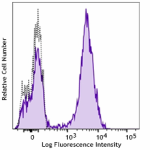
Human peripheral blood lymphocytes were stained with GMP Ult... 
PBMC-derived T cells were activated in the presence of GMP U... -
GMP APC anti-human CD28
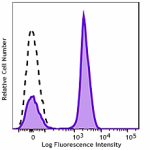
Typical results from human peripheral blood lymphocytes stai... -
PE/Cyanine7 anti-human CD28
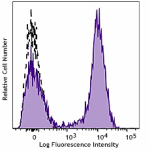
Typical results from human peripheral blood lymphocytes stai... -
GMP Ultra-LEAF™ Biotin anti-human CD28 SF
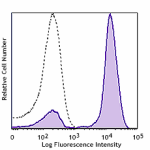
Human peripheral lymphocytes were stained with GMP Ultra-LEA... 
PBMC-derived T cells were activated in the presence of GMP U... -
PerCP/Cyanine5.5 anti-human CD28
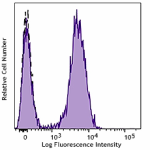
Typical results from human peripheral blood lymphocytes stai... -
Spark Blue™ 515 anti-human CD28

Human peripheral blood lymphocytes were stained with anti-hu...
 Login/Register
Login/Register 



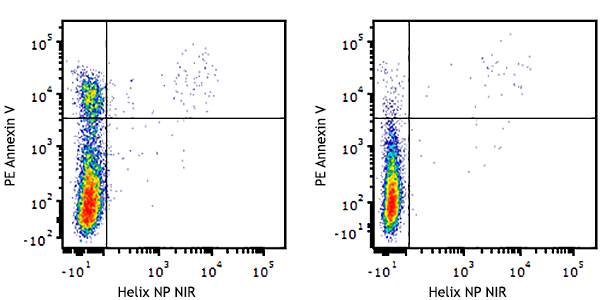



Follow Us